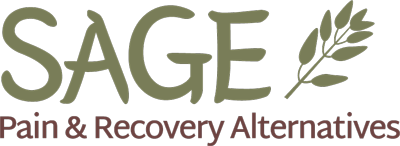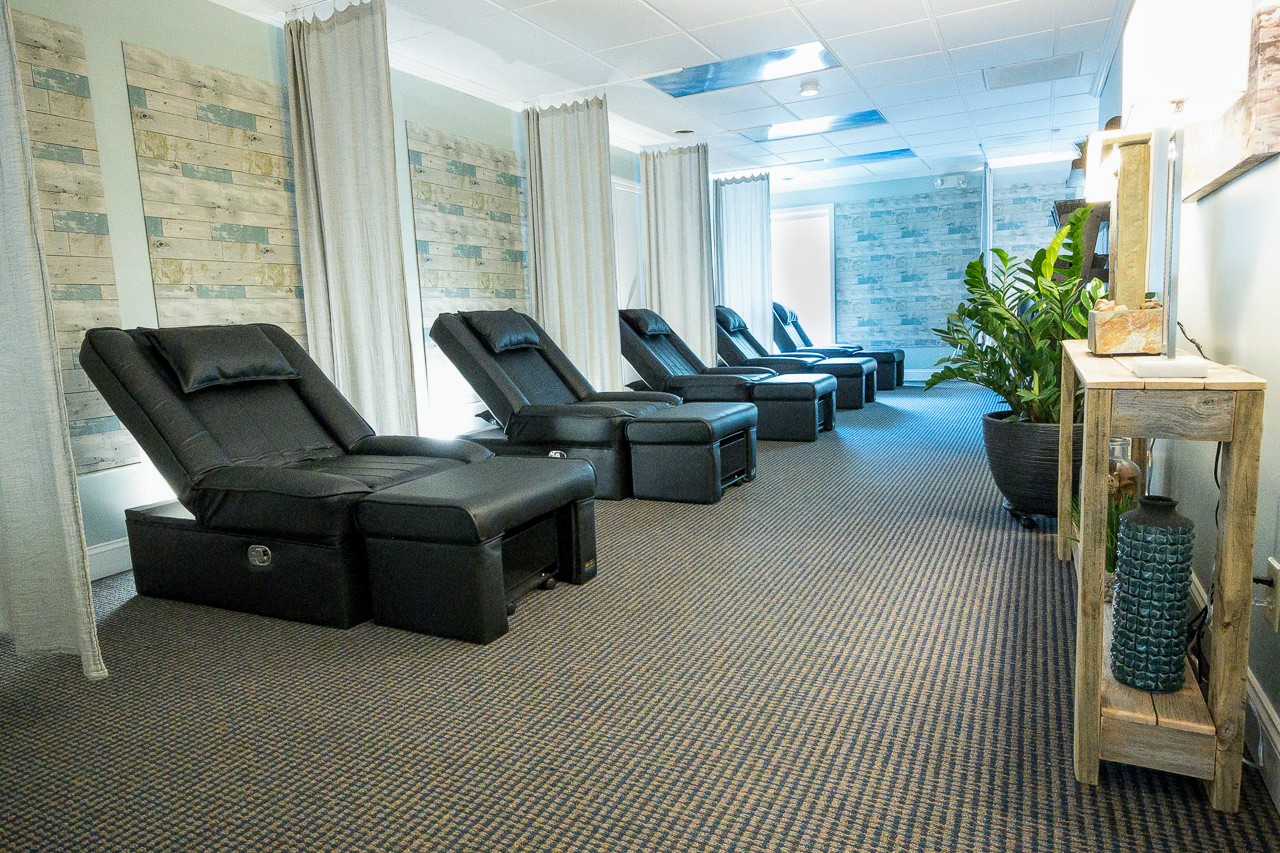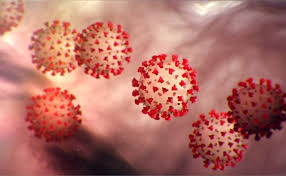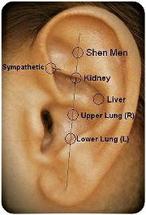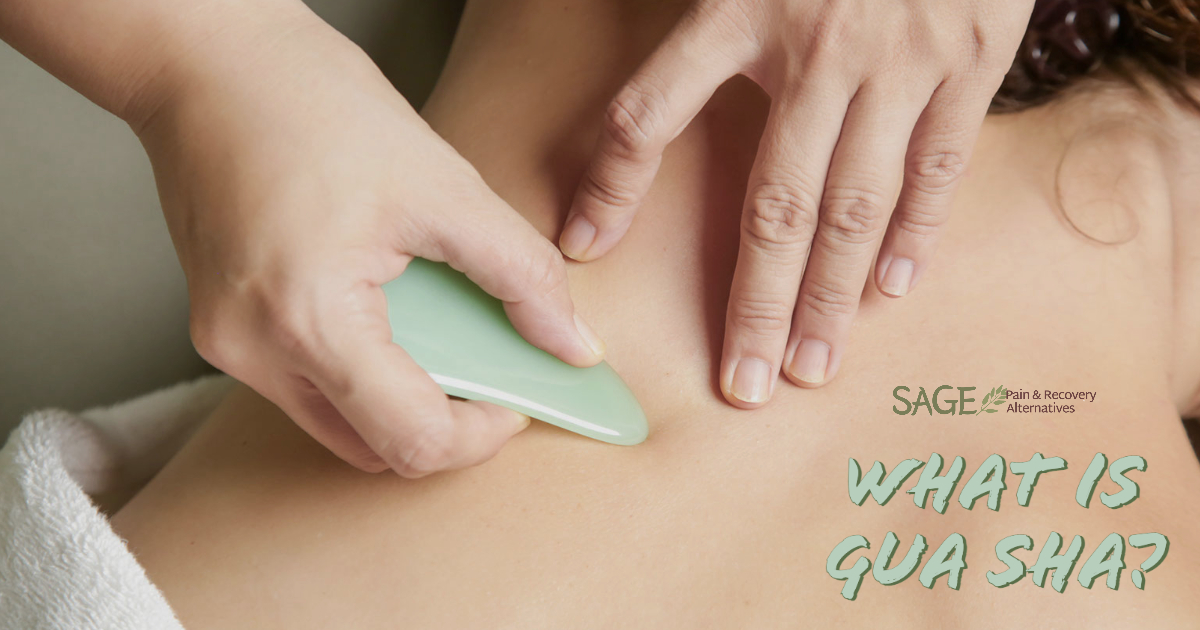Dry Needling…
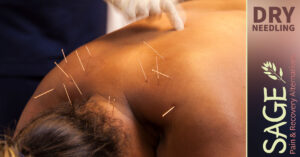 Recently, there has been a movement among physical therapists to include acupuncture in their scope of practice by calling it “dry needling.” Dry needling involves inserting acupuncture needles into trigger or pressure points or other points in the body. Currently, the dry needling training physical therapists are offered includes a 54-hour course. Twenty-seven (27) of these hours are classroom hours and twenty-seven (27) are unsupervised practical hours. [i]
Recently, there has been a movement among physical therapists to include acupuncture in their scope of practice by calling it “dry needling.” Dry needling involves inserting acupuncture needles into trigger or pressure points or other points in the body. Currently, the dry needling training physical therapists are offered includes a 54-hour course. Twenty-seven (27) of these hours are classroom hours and twenty-seven (27) are unsupervised practical hours. [i]
Although the physical therapists using dry needling seem to agree that trigger point manipulation with needles is an effective way to treat pain, these practitioners are not really practicing acupuncture. They are not using the needles in the same way an acupuncturist might. In general, physical therapists are not adhering to the Chinese theory and practice of acupuncture including the regulation and flow of the body’s energy along a network of channels (or meridians) that connect all the organs. They are simply manipulating specific trigger points with needles to alleviate pain.
North Carolina General Statute § 90-452 makes it unlawful to practice acupuncture without a license. North Carolina acupuncturists receive over 1900 hours of training and over 600 hours of clinical supervision before they can sit for national board examinations. These examinations must be passed in order to obtain an acupuncture license. In addition, acupuncturists are required to complete continuing education courses every two years in order to maintain licensure.
The licensure statute does not apply to physicians, chiropractors, and certain students under the direct supervision of a licensed acupuncturist. Physicians, in addition to their medical licensure requirements, must complete at least 300 hours of acupuncture training, including 100 clinical hours. In order to engage in the practice of acupuncture, Chiropractors must receive 200 hours of acupuncture training in addition to their post-graduate chiropractic training.
So what is the problem with dry needling? Although it may be effective for some patients with acute pain, it is a short-term solution similar to a trigger point injection or taking a pain reliever. As with most western modalities, the focus of dry needling is on the symptom and not the root cause of the pain. In addition, patients are at risk when unlicensed and untrained individuals stick acupuncture needles in the body. Although rare, it is possible to puncture an organ, such as the lung, or to cause internal bleeding if the needles are inserted improperly or in the wrong location. The practice of dry needling confuses the public, and it might lead individual patients to believe they are actually receiving an acupuncture treatment when they clearly are not.
If you are offered a dry needling session, ask your physical therapist how much training they have received. If you are not comfortable, make sure you seek out a licensed acupuncturist to assist you.
[i] http://www.ncalb.com/assets/dry-needling-position-paper-2_letterhead.pdf
If you want to know more about
Dry Needling
or other alternative therapies, or if you would like to make an appointment, please contact us at (919) 891-9991.

